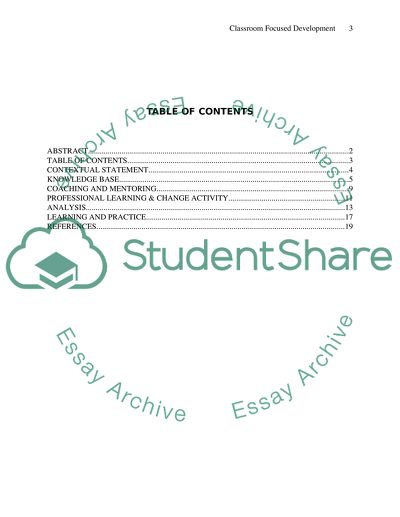Cite this document
(“Engaging Boys with SEN in Literacy Essay Example | Topics and Well Written Essays - 4250 words”, n.d.)
Retrieved from https://studentshare.org/education/1395265-engaging-boys-with-sen-in-literacy
Retrieved from https://studentshare.org/education/1395265-engaging-boys-with-sen-in-literacy
(Engaging Boys With SEN in Literacy Essay Example | Topics and Well Written Essays - 4250 Words)
https://studentshare.org/education/1395265-engaging-boys-with-sen-in-literacy.
https://studentshare.org/education/1395265-engaging-boys-with-sen-in-literacy.
“Engaging Boys With SEN in Literacy Essay Example | Topics and Well Written Essays - 4250 Words”, n.d. https://studentshare.org/education/1395265-engaging-boys-with-sen-in-literacy.


